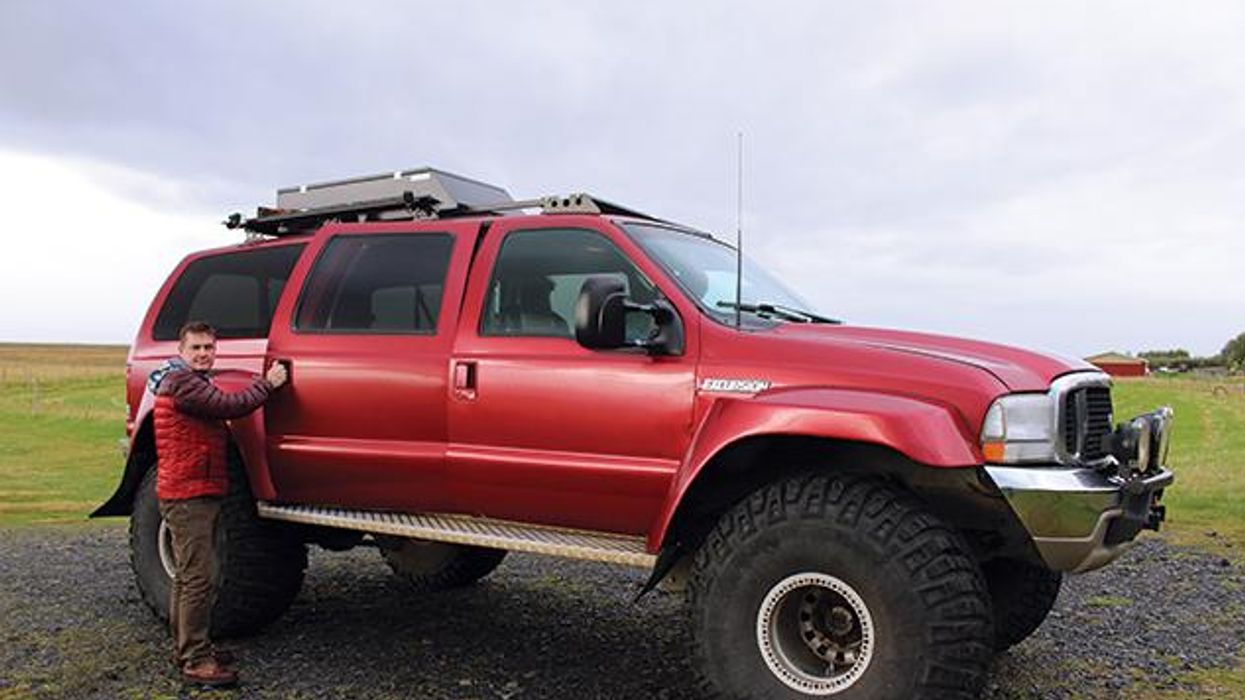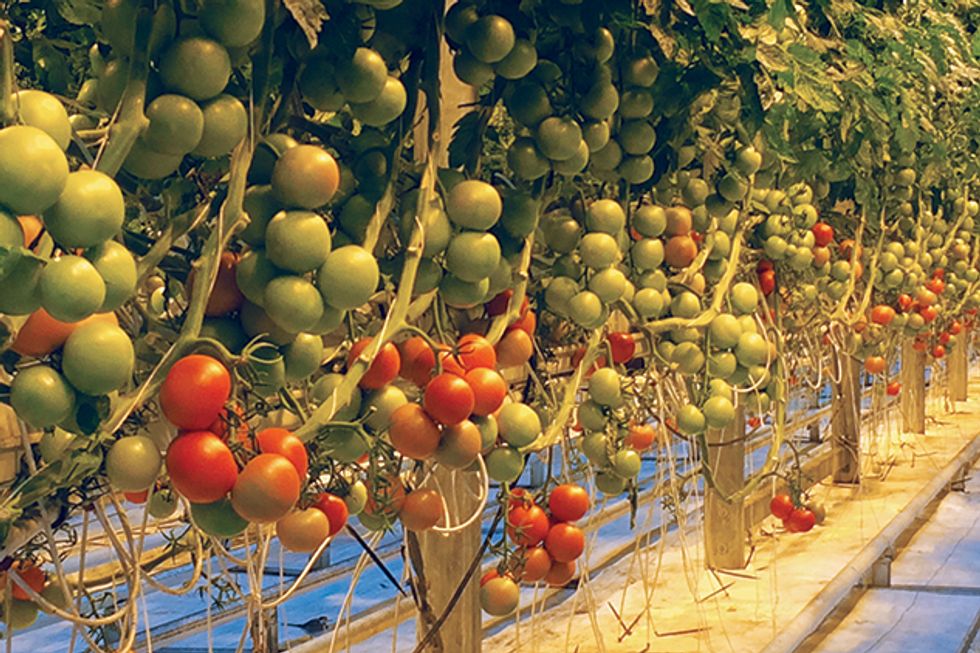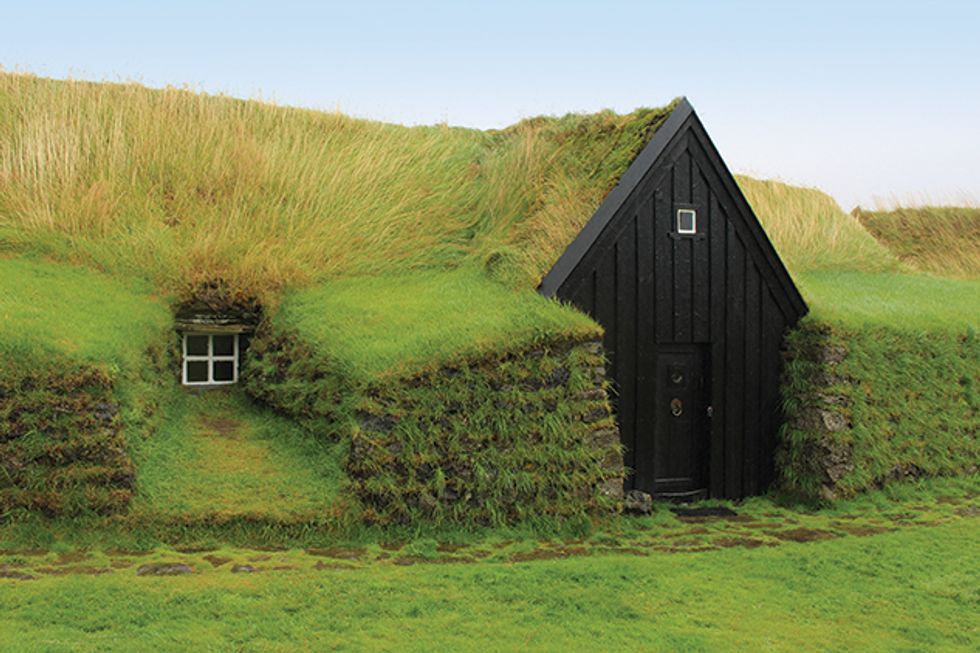

By continuing to use our site, you agree to our Privacy Policy and Terms of Use.

Our super jeep, with tires standing shoulder high, was the massive red monster that shuttled us to the natural wonders of southern Iceland. Our guide, Addi from South Iceland Adventure (SIAdv.is), told us the first stop would be the Golden Circle, a popular sightseeing route of waterfalls and geysers, and then we’d be heading off-road. After a few days in civilized, tidy Reykjavík, we were about to get our boots muddy. Here’s what we encountered.
Water Power
Our first stop was Þingvellir, a recent Game of Thrones shooting location, Iceland’s first national park, and a national shrine. It was here, along a crest of the Mid-Atlantic Ridge, that the Alþing, Iceland’s parliament, was established in 930 a.d. The waterfalls are beautiful, but after the tremendous “golden” mists of Gullfoss, don’t stop. We trekked to the hidden Nauthúsagil near Þórsmörk — a gorge with a climbing rope and a big, fairytale hideaway payoff — and Gluggafoss, the “window” waterfall with a slippery path that took us behind the rushing waters.


Eating Your Peace
Thanks to greenhouses and geothermal heat, fresh tomatoes abound. But to actually dine inside a greenhouse among the tomato plants is a unique, stunning farm-to-table experience. An easy drive from the Golden Circle stops, Friðheimar, which translates as “world peace,” is a family operation that produces an average of a ton of tomatoes a day. The café, with tables adjacent to the glowing lamps, offers a menu of tomato-based dishes including soup, pasta, and even cheesecake and ice cream made with sweet, green tomato sauces. Just watch out for the bees. Fridheimar.is

The Rescue of Þórsmörk
Þórsmörk, meaning “Thor’s Woods,” is a nature reserve comprising a volcanic valley, and on the drive to the birch forests, “elf churches” (hollowed-out cliff facades shaped like vaulted cathedrals), and trails to the Eyjafjallajökull volcano, we crossed a network of overflowing small rivers. It was then that Addi’s shortwave radio became a flurry of activity, as he got word of stranded Canadians in the fast-flowing glacial Krossá river nearby.
“Ready for a rescue?” he asked us, explaining he’s a trained volunteer rescuer. After a gear change, we drove headlong into a river, splashing through channels as water sloshed over our windows. After spotting a small white SUV stuck in the river, its passengers stranded on a riverbank nearby, Addi put on a wetsuit, tied a massive tow rope to the axle of the flooded SUV, and hauled the crippled vehicle out of the deep. As if on cue, a rainbow, visible end-to-end, appeared over our scene (and the rescue made the evening news).

Landing on the Moon
After a trip to the stark, inky-black sand beaches of Landeyjasandur, we drove along steep ridges near the peak of Hekla, a volcano that Europeans have called “the gateway to hell” since the Middle Ages. The impulse to photograph every amazing lump of volcanic rock is a tough one to shake, precisely because of the landscape’s unearthly textures and vastness.


Hobbit Living
On our final morning in Iceland, and off the beaten path, we visited the farm of Keldur and its cluster of the oldest surviving turf houses in Iceland. The ancient buildings (open June 15 through August 15) were rebuilt after earthquakes in the late 19th and early 20th centuries, but, yes, this is Viking realness to the extreme. Our visit was after the season’s closing, but once again proving the interconnectedness of Icelanders, Addi, who knew the farmer, asked for and was given the key so we could take a peek inside the cramped, dirt-floor houses. Perfect for storing rhubarb jam.
Photo Credits: Brandon Presser (Másson). Shutterstock (Geothermal Photo). Courtesy of Stores (products). All other photos by Sarah Crumb